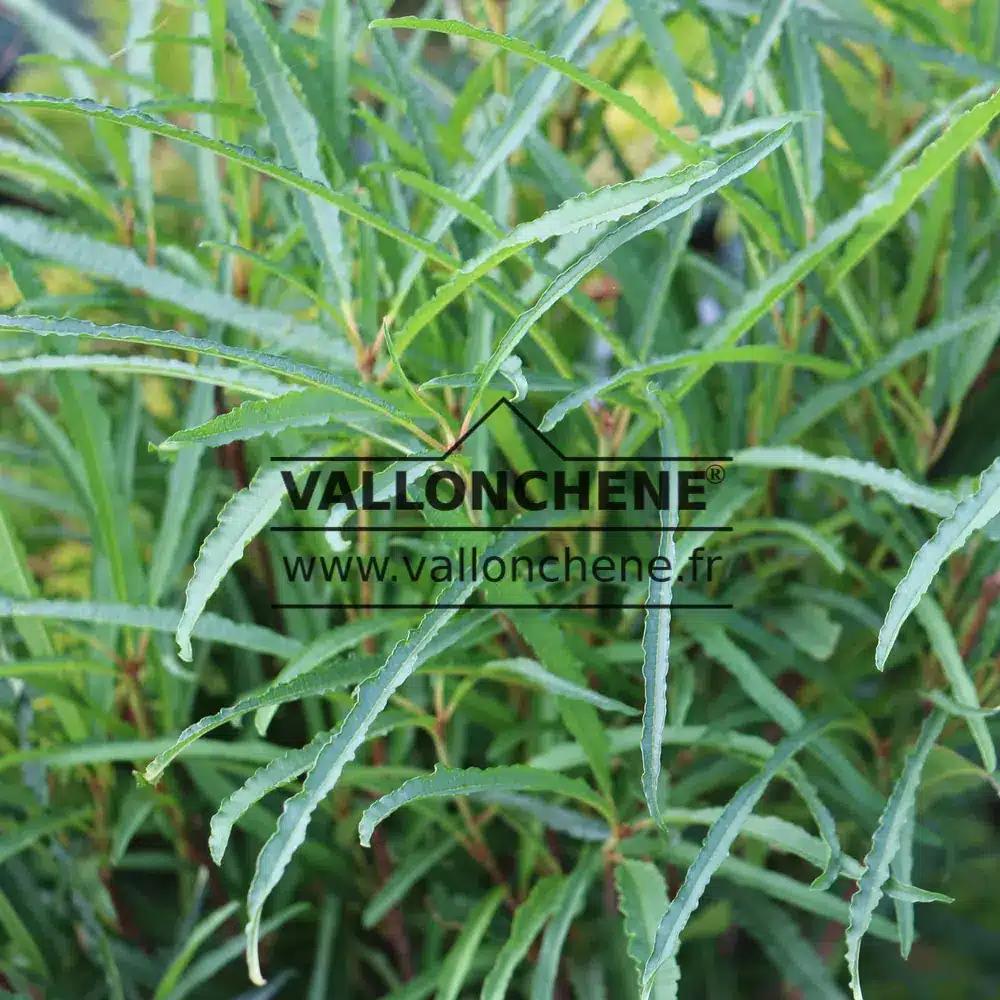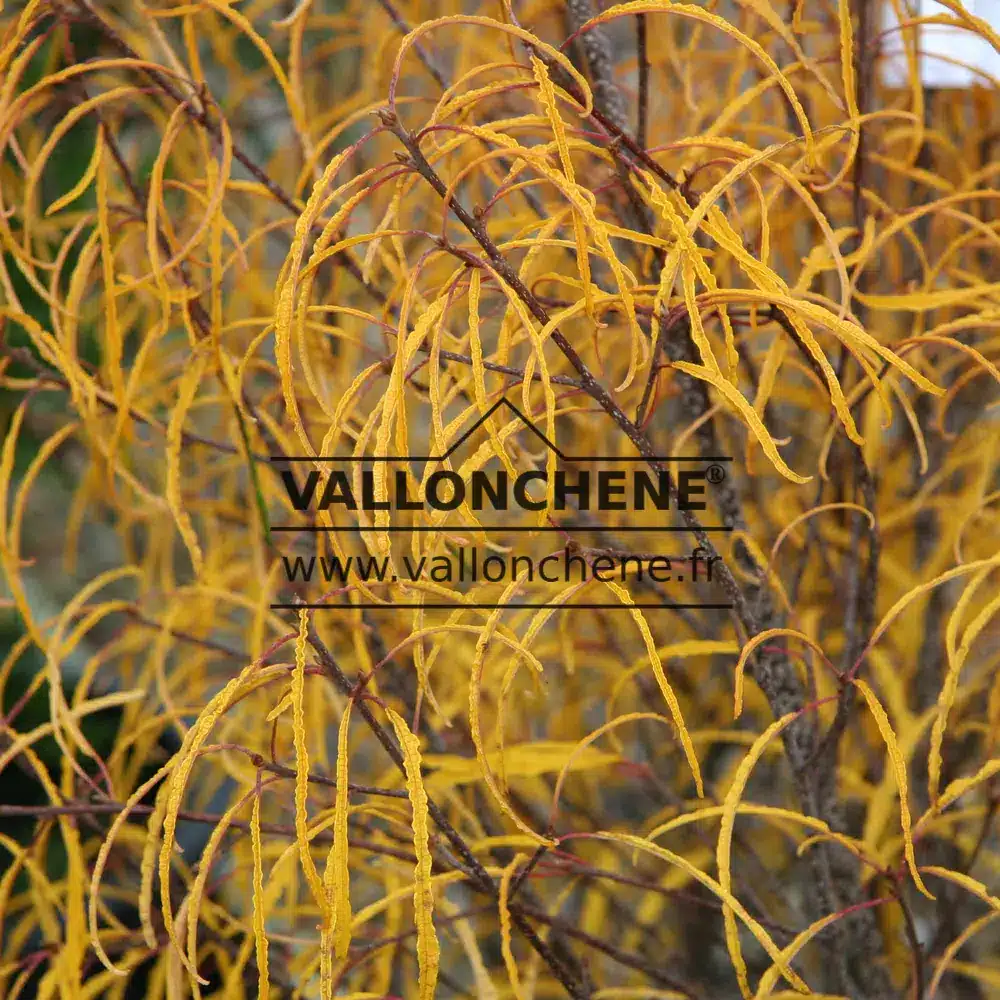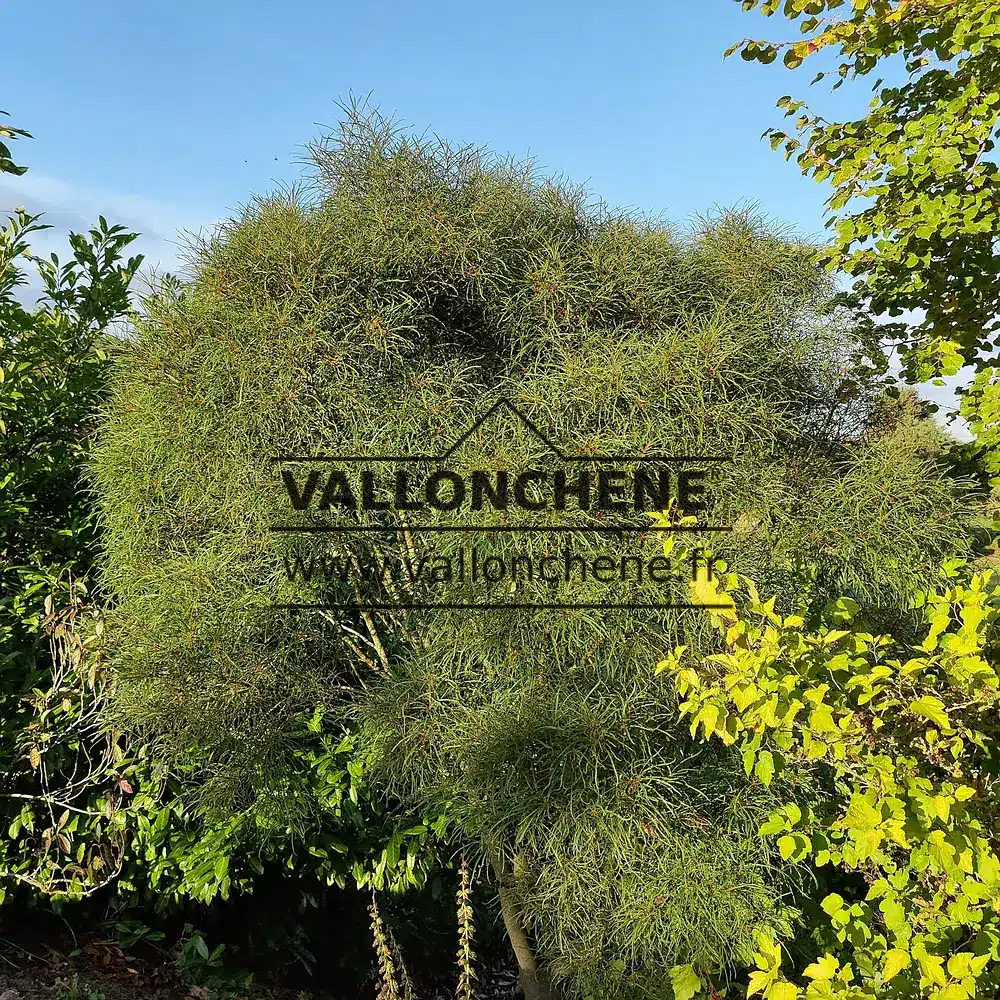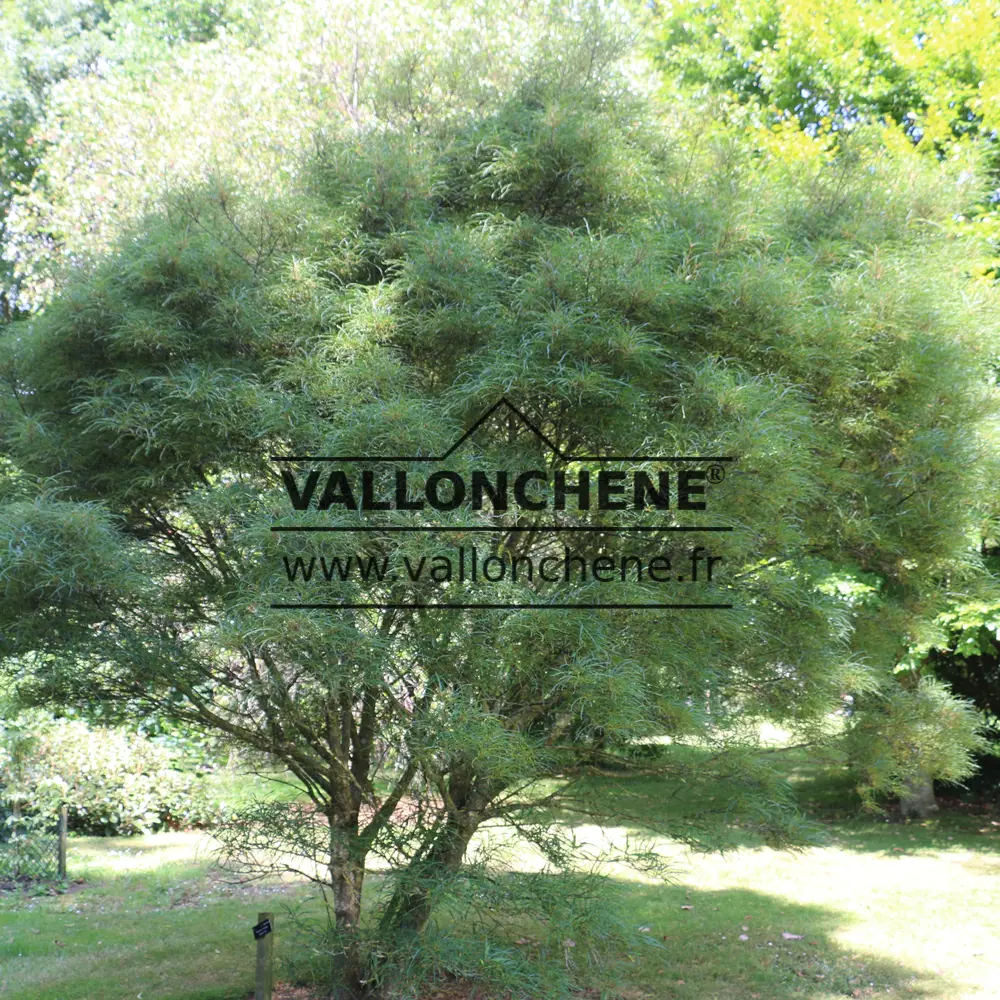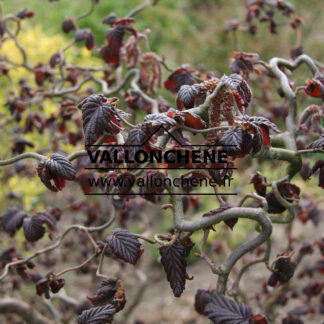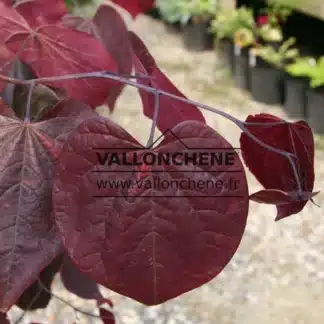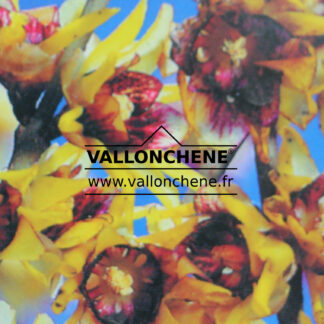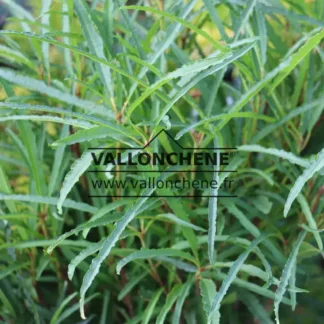Description
FRANGULA alnus ‘Aspleniifolia’ was formerly called RHAMNUS frangula ‘Aspleniifolia’. It bears the vernacular name of alder buckthorn, but this plant has no thorns.
This small shrub which will not exceed two meters develops green and extremely fine foliage. The leaves measure only a few millimeters wide and about 7 cm long. They give it a light and elegant look.
Then, it is in autumn that the show begins: the foliage then takes on a flamboyant yellow color to bring a touch of light to the garden.
Finally, when its leaves have fallen, we discover its very orderly and fine branches for the rest of the winter.
To view the other varieties of FRANGULA currently available, please click here.
How to plant FRANGULA alnus ‘Aspleniifolia’
Alder buckthorn grows well in dry, moderately humid or humid locations. Find a place in full sun or partial shade with light, normal or heavy soil and an acidic, neutral or calcareous pH.
You can plant this deciduous plant in a container, in a flower bed or even in a hedge. It tolerates temperatures below -20°C.
Prune FRANGULA alnus ‘Aspleniifolia’ in January or February, but only if you really need it.
For a good preparation of the pot or ground, we have designed specific instructions available here. Furthermore, discover here how to water your garden and save water.
History and origin
The natural habitat of the FRANGULA is quite extensive. Thus, it is found endemic from Western Europe to Siberia.
The flowers of the type species represent a food source for bees as well as the magnificent butterfly called Common Brimstone (Gonepteryx rhamni). Birds love its fruits.
This species is today threatened in its natural habitat in Northern Ireland, where boglands are increasingly disappearing.
FRANGULA alnus ‘Aspleniifolia’ is mainly grown for its ornamental side.
The bark of FRANGULA alnus has been used medicinally.
Charcoal made from F. alnus is highly valued for the production of gunpowder.
The wood was also used to create lasts and nails. The bark also provides a yellow dye and the berries a green dye.

